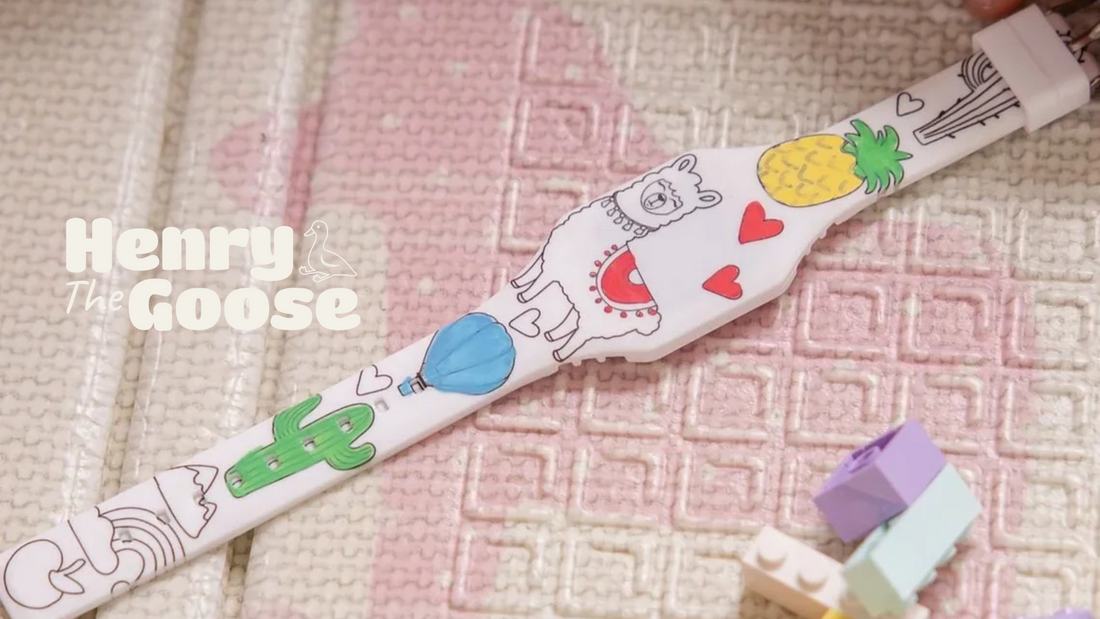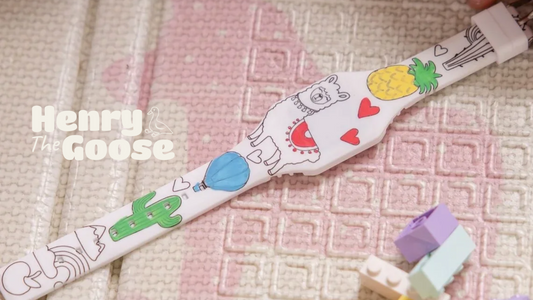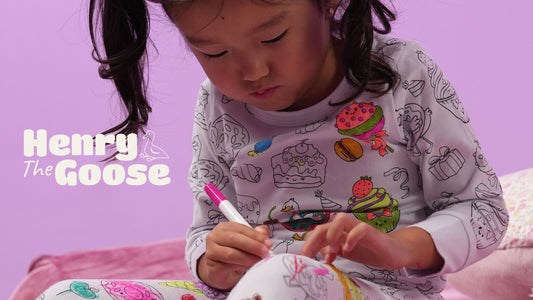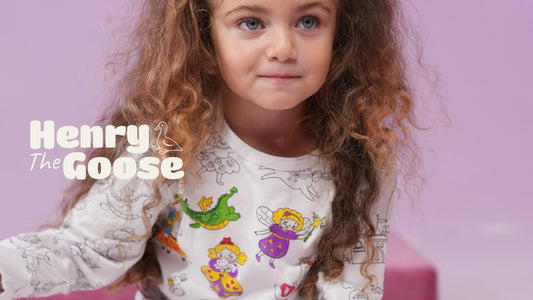
Art Therapy: The Impact of Drawing on the Psychological Health of Children Who Have Faced Adversity
Drawing is not just a creative process; it is a powerful tool for emotional expression and healing. For children who have endured significant hardships such as war, loss, or other traumas, drawing can be a vital way to cope with psychological challenges. Research shows that art therapy helps children express their feelings, improve their emotional well-being, and restore their inner balance.
Emotional Expression Through Art
Children often struggle to articulate their feelings, especially after traumatic events. Drawing provides them with the opportunity to visualize their experiences. According to psychologist Caroline Feredi, art therapy allows children to transform their emotions into artistic forms, helping them better understand and process their feelings.
A study conducted in 2020 at the University of Texas found that children participating in art programs demonstrated significant reductions in anxiety and depression levels. Through drawing, they were able to freely express their experiences, contributing to an improvement in their psycho-emotional state.
Creating a Safe Space
Drawing also creates a safe space where children can experiment with various themes and emotions without fear of judgment. This is especially important for children who have experienced trauma. In art therapy, there are no right or wrong answers—what matters is that the child feels comfortable enough to open up.
A 2018 study in Norway revealed that children involved in art therapy groups felt more confident and less isolated. This fostering of community and mutual understanding allows children to share their experiences and support one another.
Enhancing Cognitive Skills
Moreover, drawing promotes the development of cognitive skills such as attention, memory, and creative thinking. As children create art, they enhance their ability to concentrate and solve problems. These skills are valuable not only in therapy but also in everyday life, helping children adapt to new circumstances and rebuild their lives after trauma.
Examples of Successful Programs
Many countries have developed programs that utilize drawing as a therapeutic method for children who have experienced war. For instance, the "Art for Peace" program in Syria offers children a safe space for self-expression through art. Participants report significant improvements in emotional well-being and a restored sense of hope.
In Ukraine, art therapy programs for children affected by conflict have also demonstrated positive results. Many children have witnessed violent acts and experienced the loss of loved ones, leading to profound psychological trauma. Art therapy provides them with a means to confront and process the horrors of war, helping them to heal and regain a sense of hope for the future. Research conducted in 2021 revealed that children participating in such programs became more open, responsive, and less aggressive.
Art therapy is a powerful tool for recovery and overcoming psychological difficulties in children. In situations where words may fall short, art helps express emotions and find a path to healing. Art therapy programs aimed at supporting children who have experienced trauma are becoming increasingly important in today's world. Investing in such programs can significantly enhance the psycho-emotional health of future generations. coordination. The act of coloring is both creative and educational, contributing to the development of essential motor skills.





